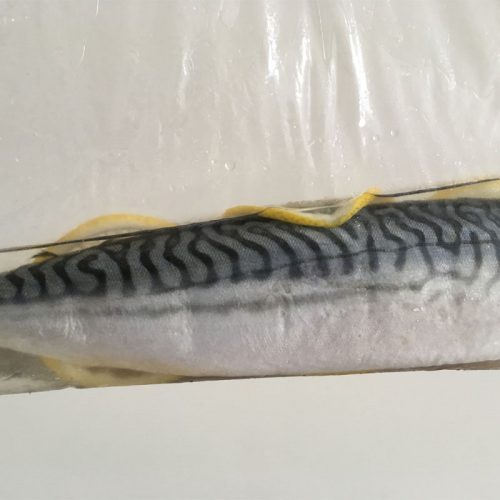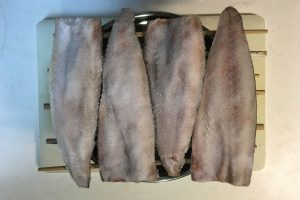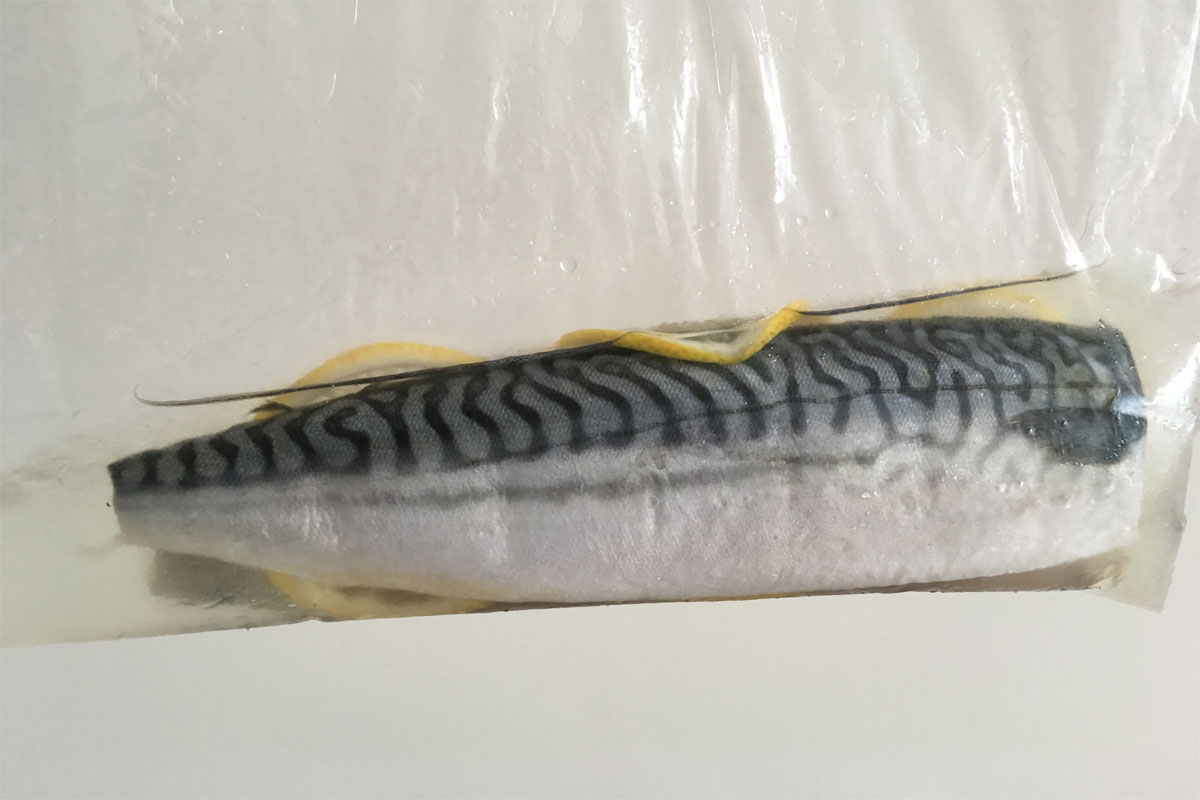Pickled mackerel is an example of a traditional way of preserving food. Here we pickle raw, fatty fish before storing it in a vinaigrette or mustard sauce or using it in a battera, Japan’s pressed sushi.
The art of making pickled mackerel
Pickling is a traditional way of preserving food. There is usually a treatment in brine or a treatment by an acid. Sometimes we combine these steps. First a brining step with salt, immediately followed by an acidification step. The acid is usually vinegar or lemon juice. Another traditional way of preservation is a brining step followed by drying. The Portuguese bacalao (dried cod) is an example of this.
Even in a brine solution, the salt ‘dries’ out the surface of the food. So bacteria cannot find a fertile ground, based on osmotic pressure differences. Also, the acidity prevents the growth of especially the E. Coli and salmonella bacteria.
Pickling guidelines
Observe the following important guidelines when pickling foods safely:
a. The brining: the salt concentration and the time are somewhat related. Higher brine concentrations (more salt to water) allow for shorter treatment times. In some cases the brine solution may be replaced by a direct dry salt treatment. This is used especially for very fatty fish fillets where the skin is on.
When using heavy brine or pure salt, we rinse the food object with clean water after the brining step. Thereafter it is briefly drained and immediately immersed in the acid solution. A dry salting at room temperature during 1.5 h for fish parts of around 2 cm thickness is sufficient.
b. The acidification is done with food approved acids at sufficient strength. This is the capability to lower the pH so that bacteria have less chance to grow. A general rule of thumb is that the aqueous part of the formulation always has more vinegar (at standard 5% acetic acid concentration) than water. Sugar compensates for the vinegar taste. Alternatively, apple vinegar or lemon juice can substitute for part of the standard vinegar.
Special equipment
- pair of tweezers
- chopsticks
- 1 gallon resealable plastic bag

Pickled mackerel in brine and vinegar
Ingredients
Ingredients for the pickling
- 4 halve frozen mackerels halves (heads and tails off)
- 3//4 cup cooking salt
- 2 cups rice vinegar
- 4-6 thin slices of lemon
Instructions
Instructions
- Thaw the mackerel halves in cold water
- Thereafter, rinse them with water quickly and pat them dry
- Place the mackerel halves resting on chop sticks placed over a bowl
- Liberally cover both sides of the fish halves by salt. A thick layer is fine. Let the fish remain covered for 1.5 h

- Thereafter rinse the fish halves under running water, pat them dry and immediately immerse them in the zipper lock bag that contains the vinegar and the lemon slices
- Store these in the refrigerator minimum 2 h or maximum 3 days

- After taking them out, place the mackerel halves skin-side-up on a board and remove the upper skin with a pair of tweezers

- Then turn the fish halves and place them skin side down on the board and remove all the bones with the pair of tweezers
- Now you can use the fish as a snack or in making battera (see elsewhere in this site). For the snack, cut the fish in bite size pieces and place them in your favorite vinaigrette or sauce in the refrigerator. Full taste is developed only after 3 days storage.
Notes
Remarks
- To prevent parasite contamination, start off with using deep frozen fish. To this purpose, freeze the fish for at least 48 h at -20 C.
- Examples of this preservation technique are vinegar marinated fish in a vinaigrette.
- Also mustard based vegetable oil containing sauces. Further examples are pickled cucumber, gherkins and other vegetables.



